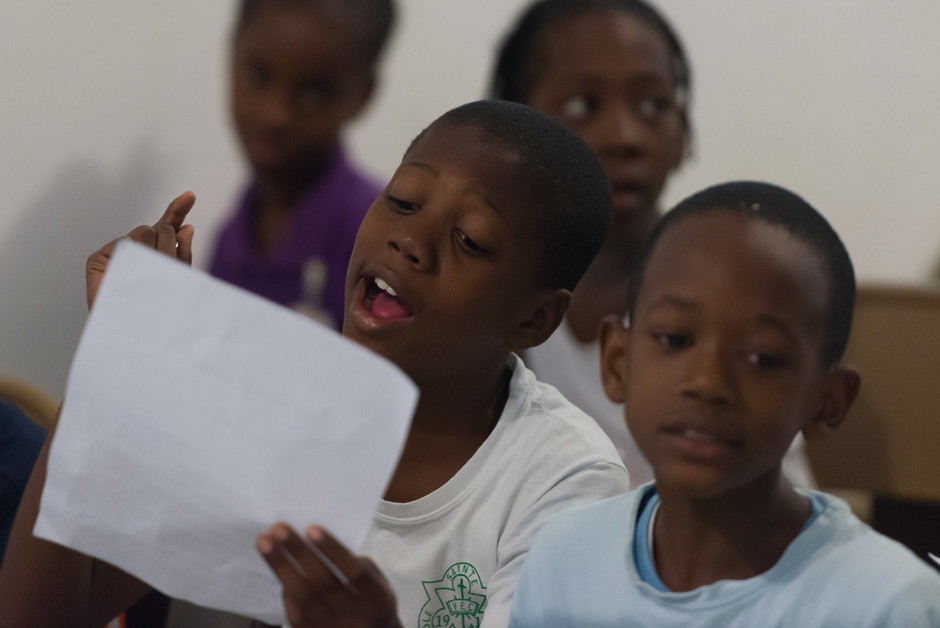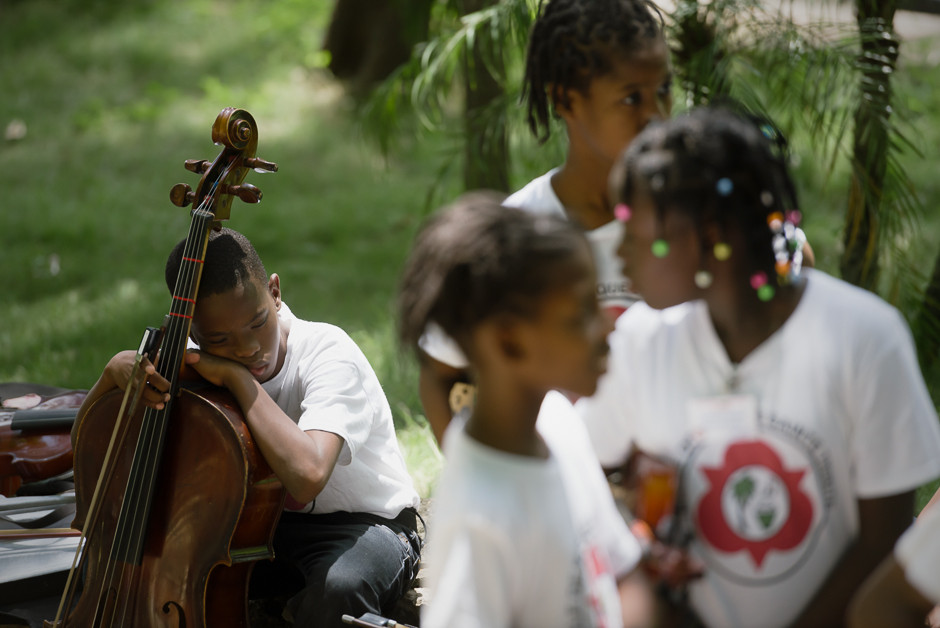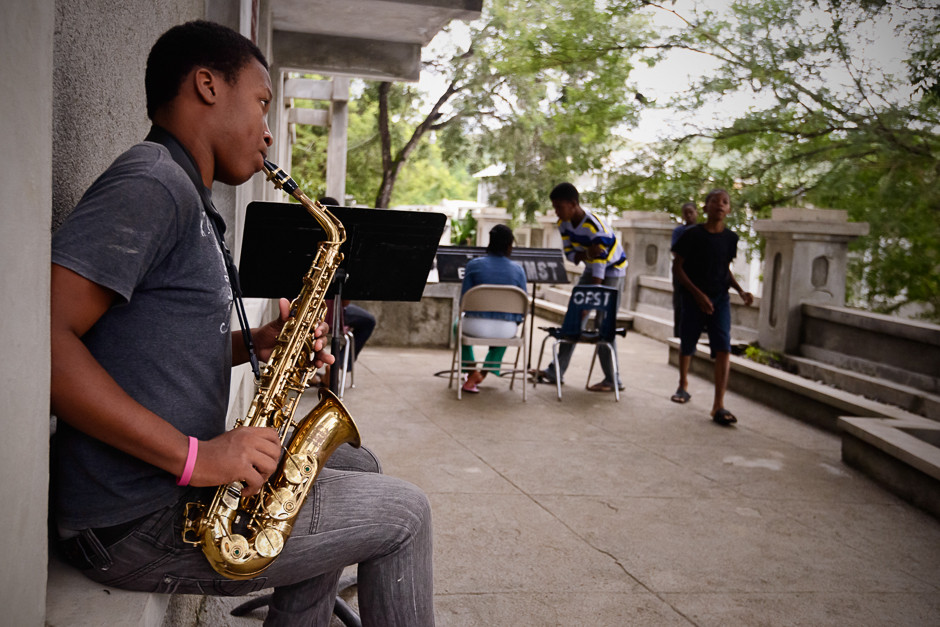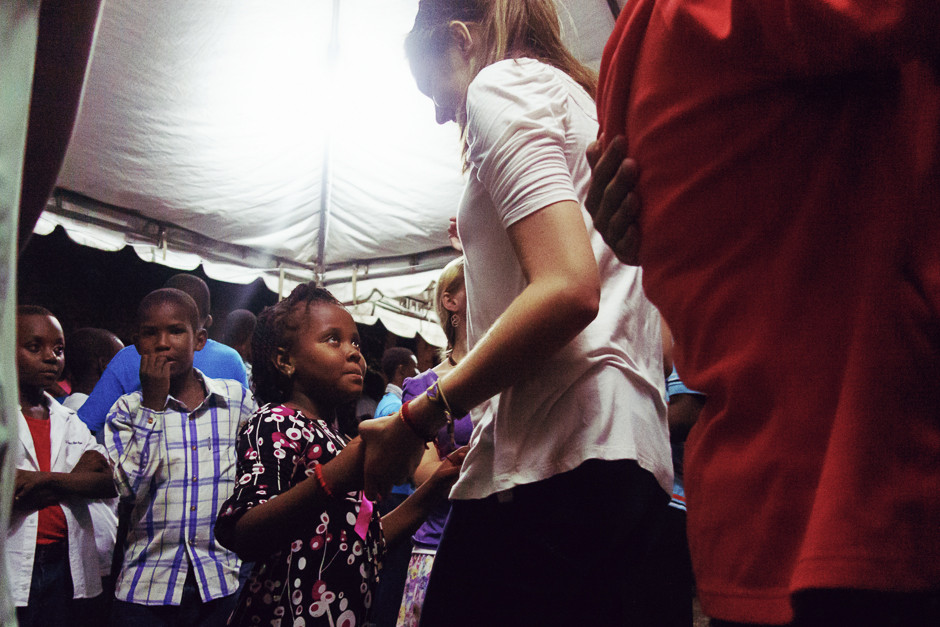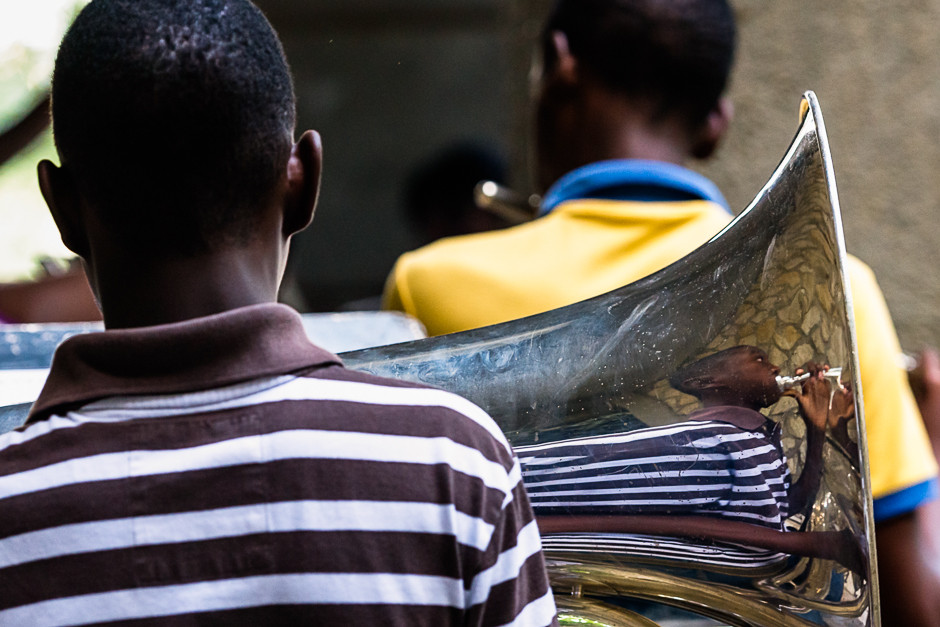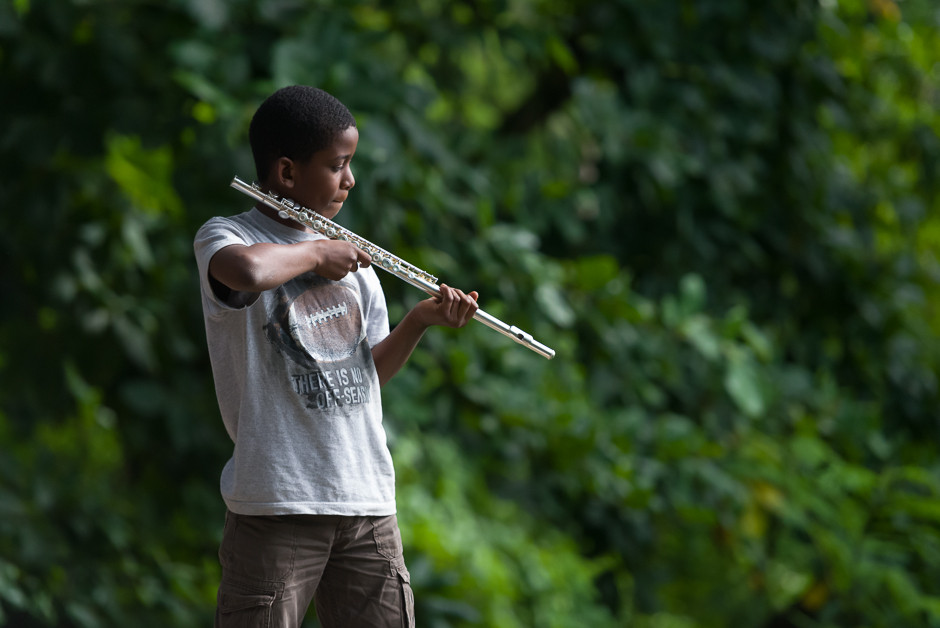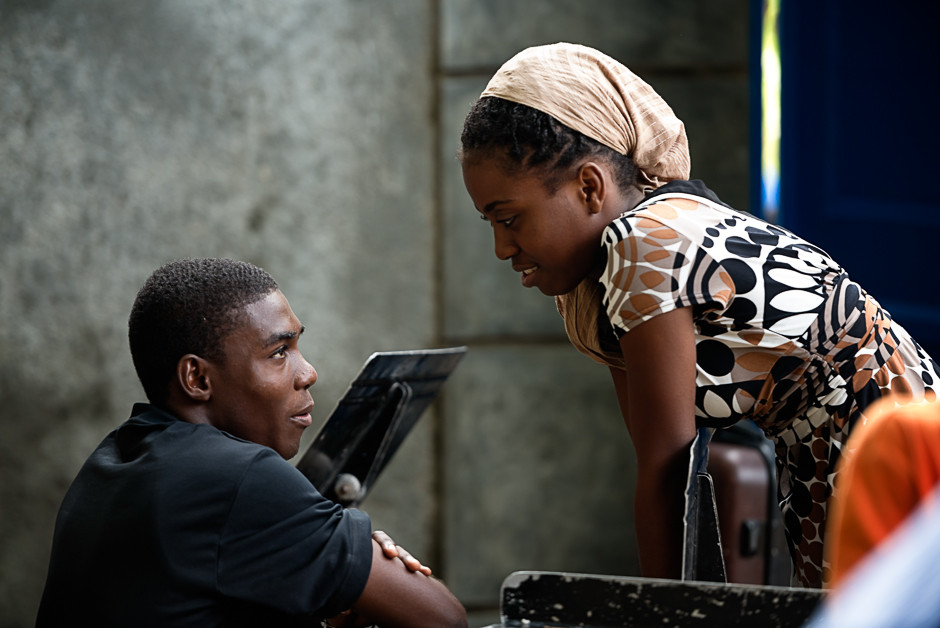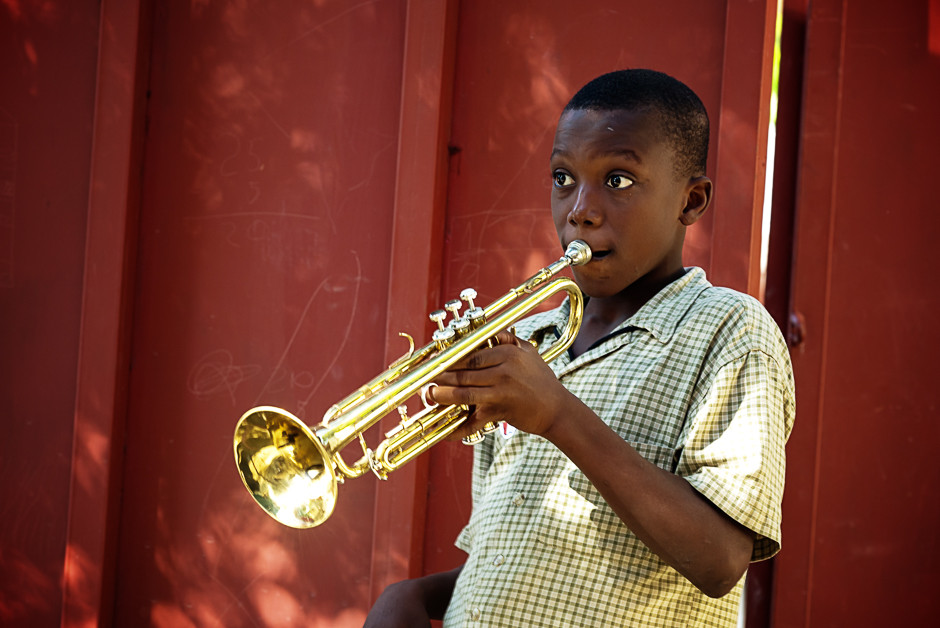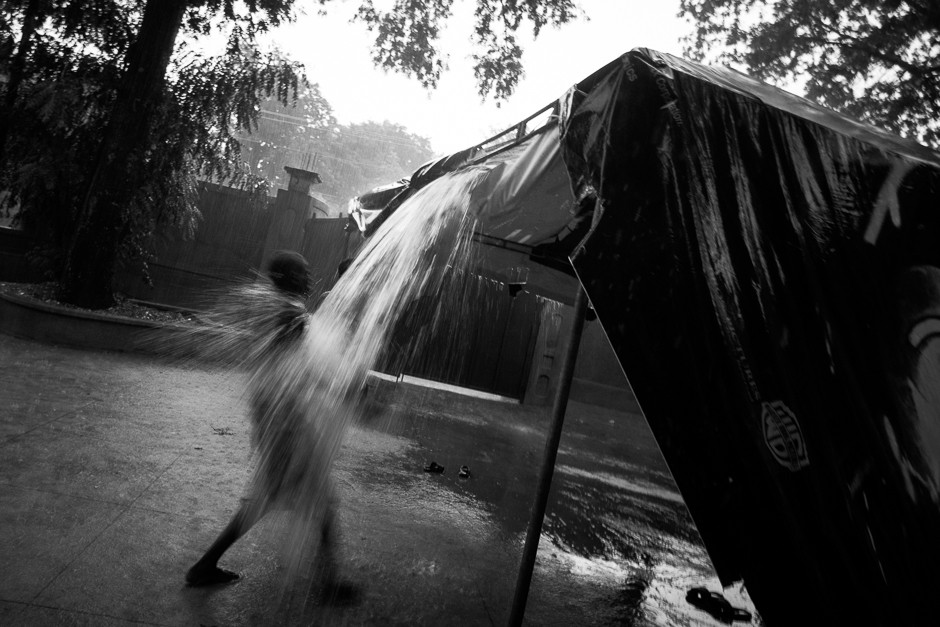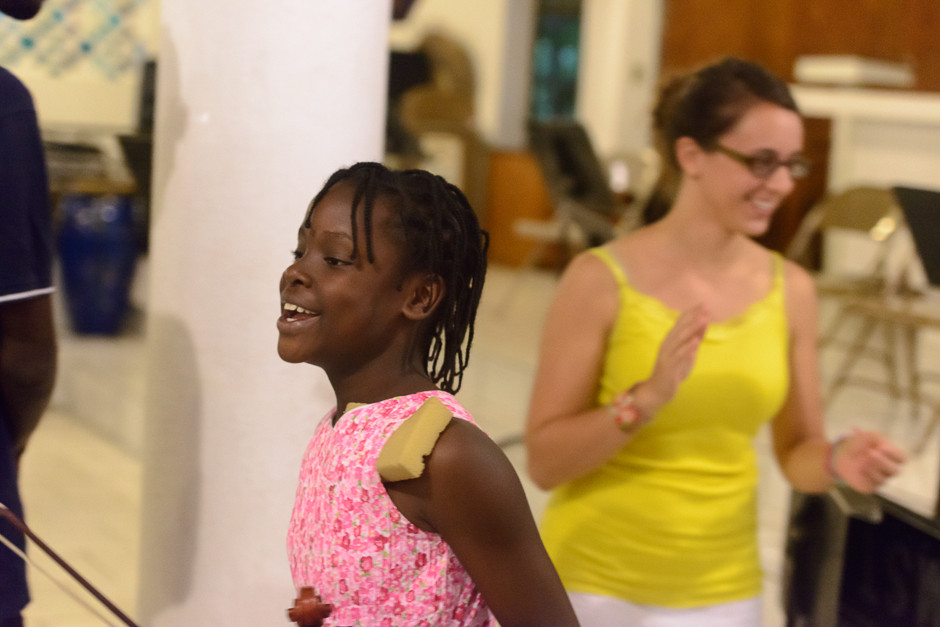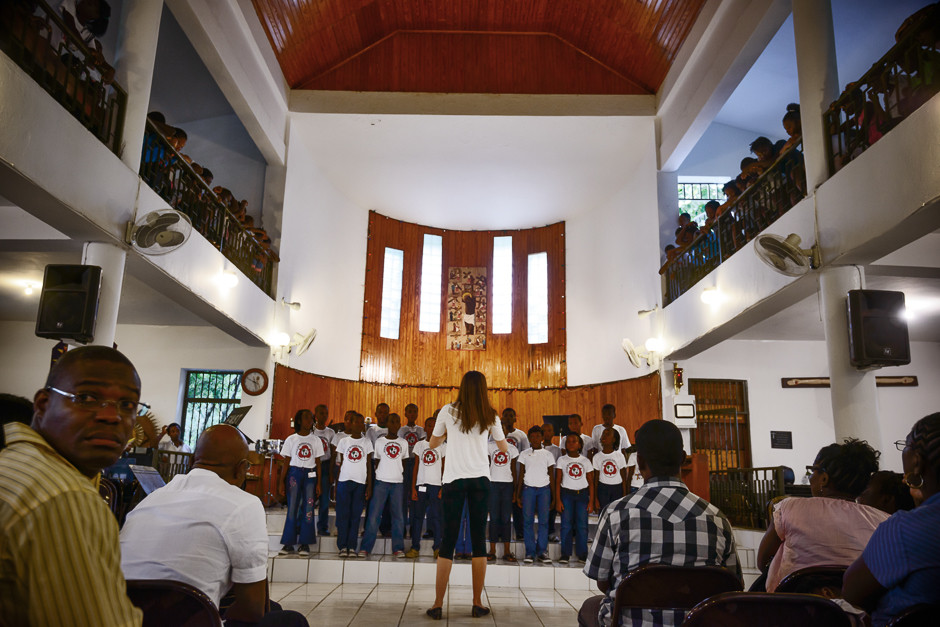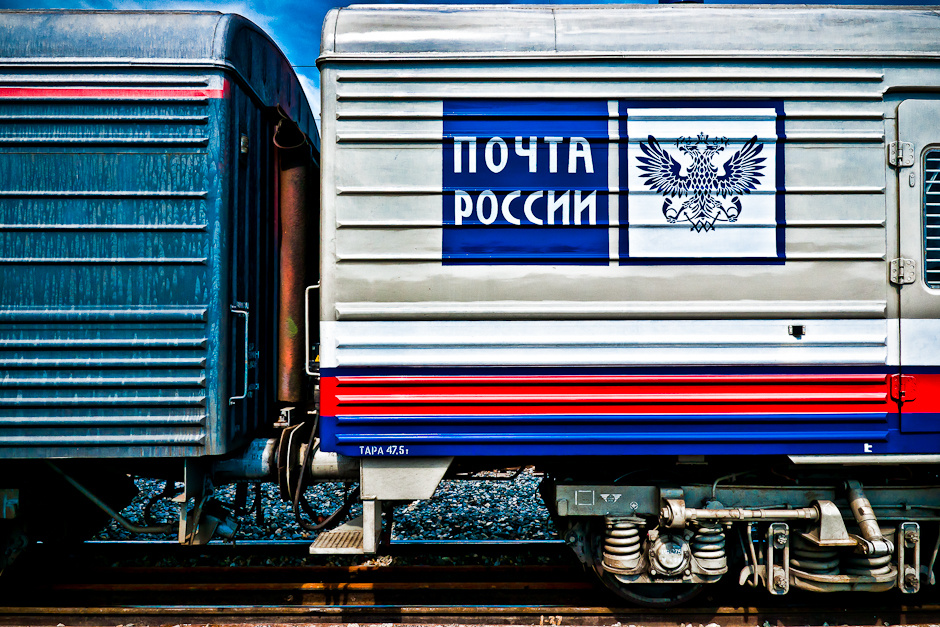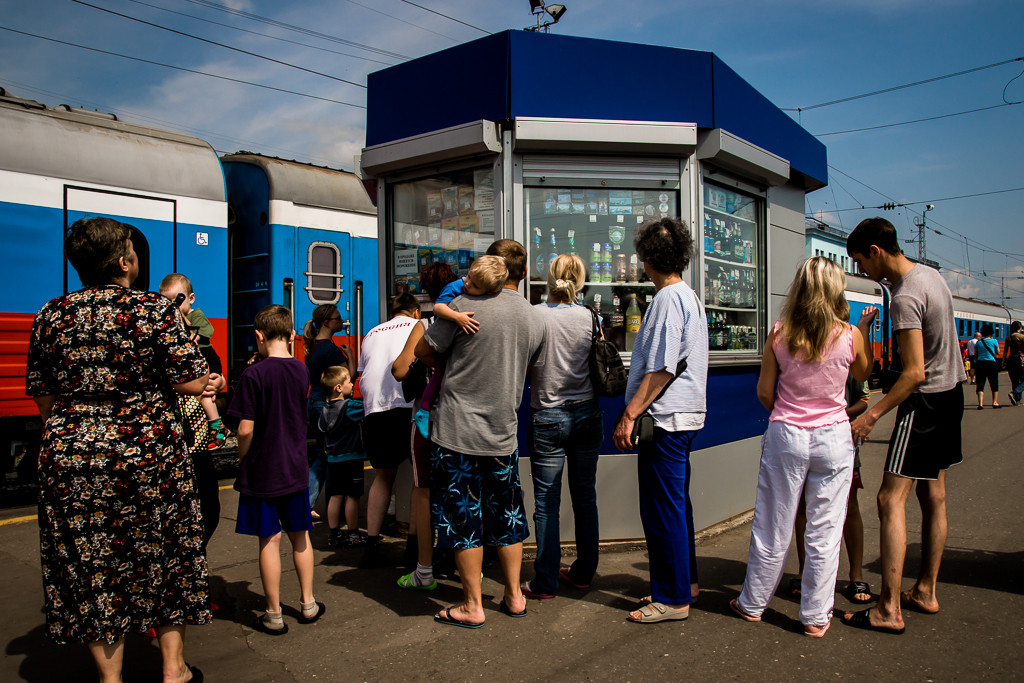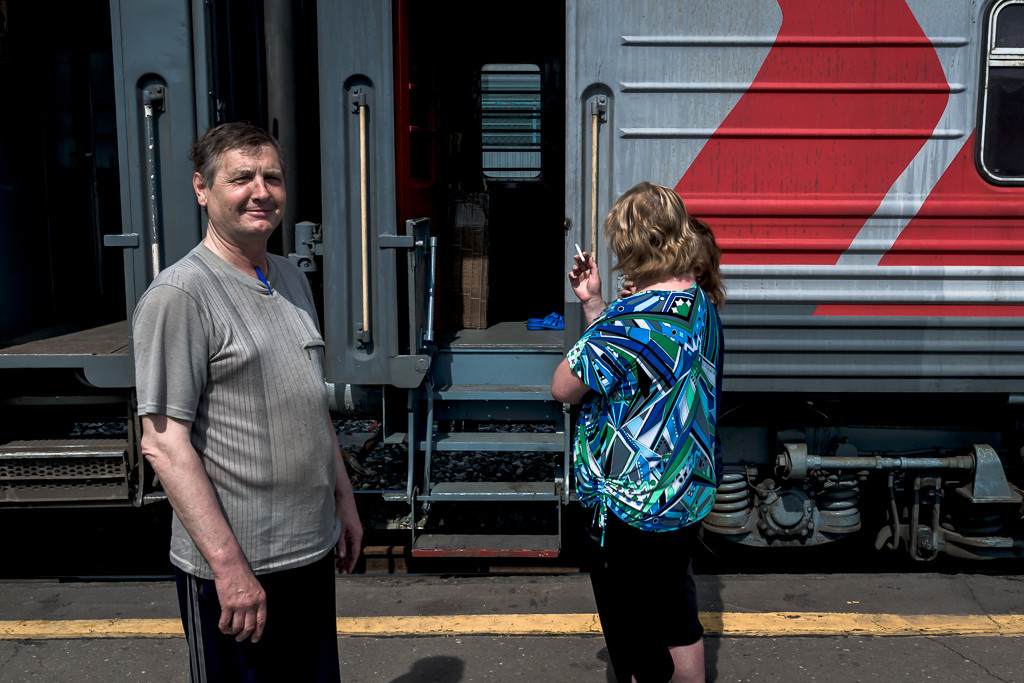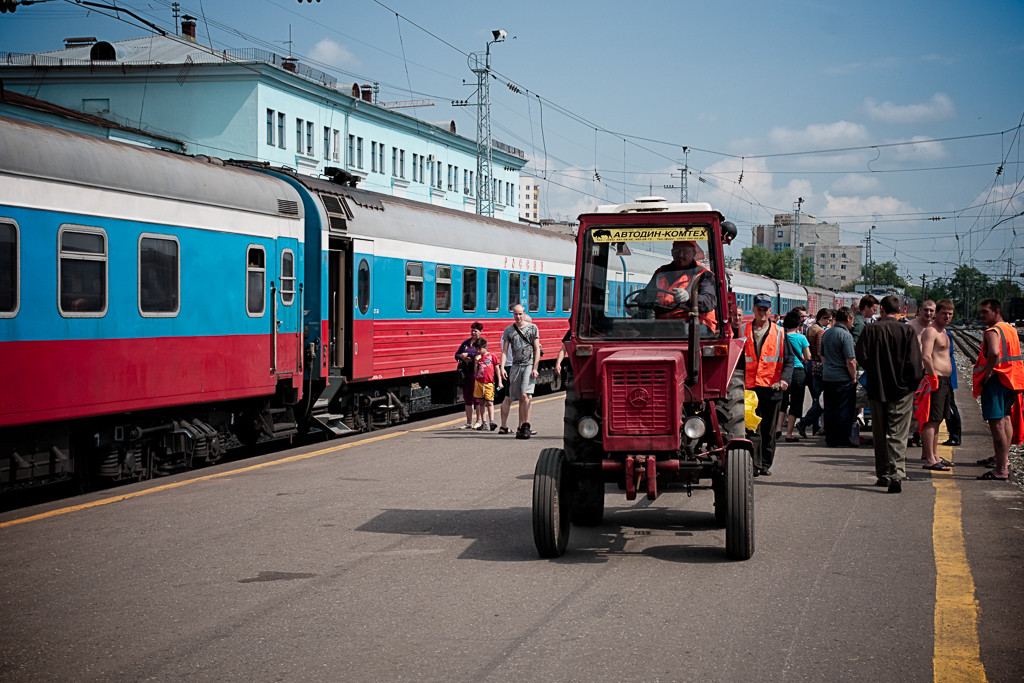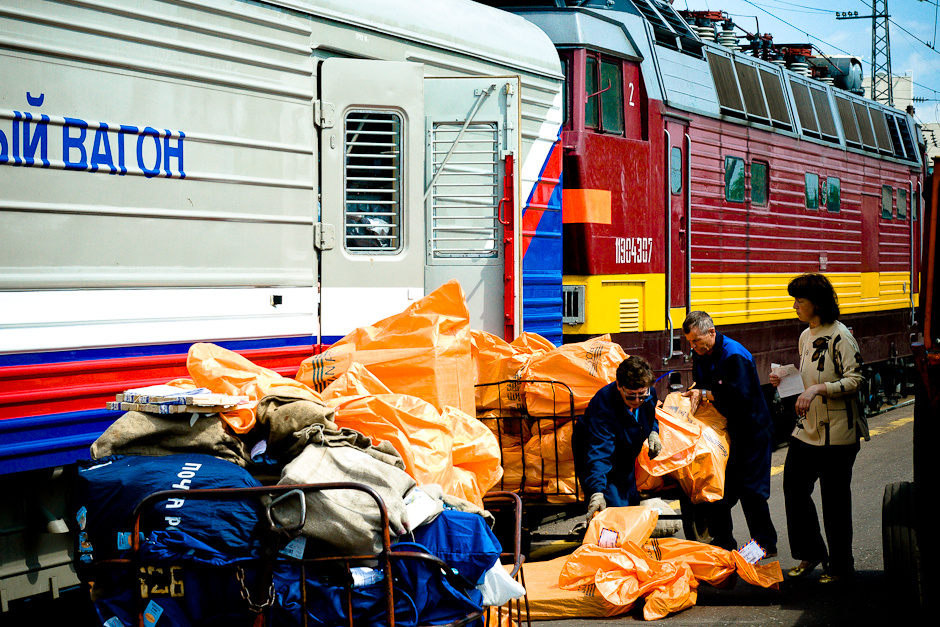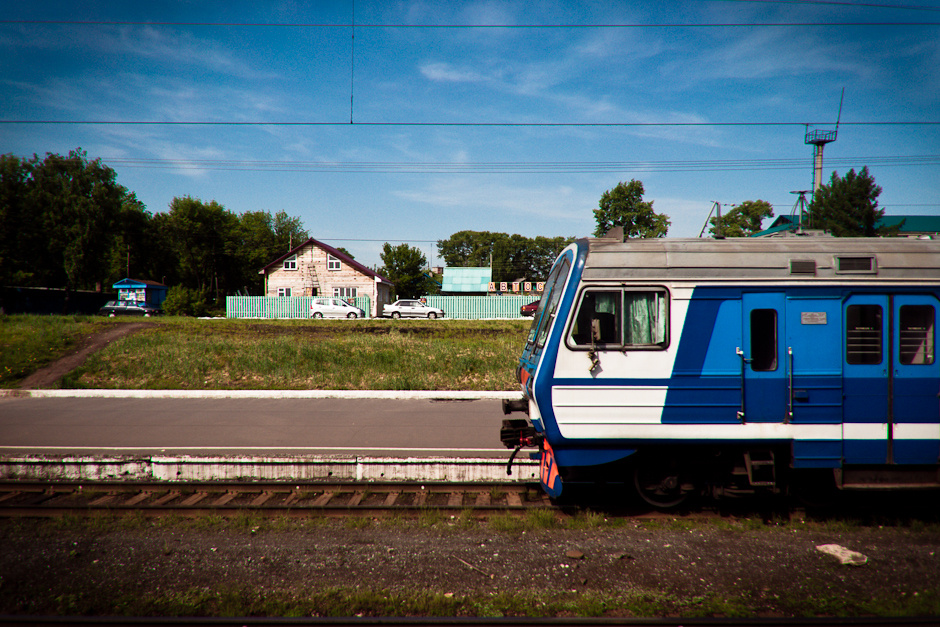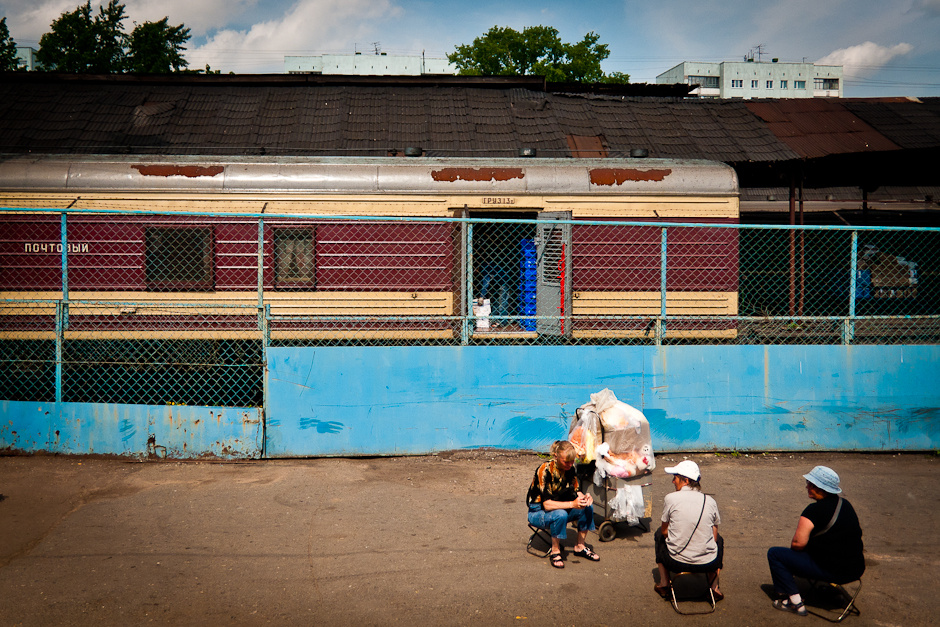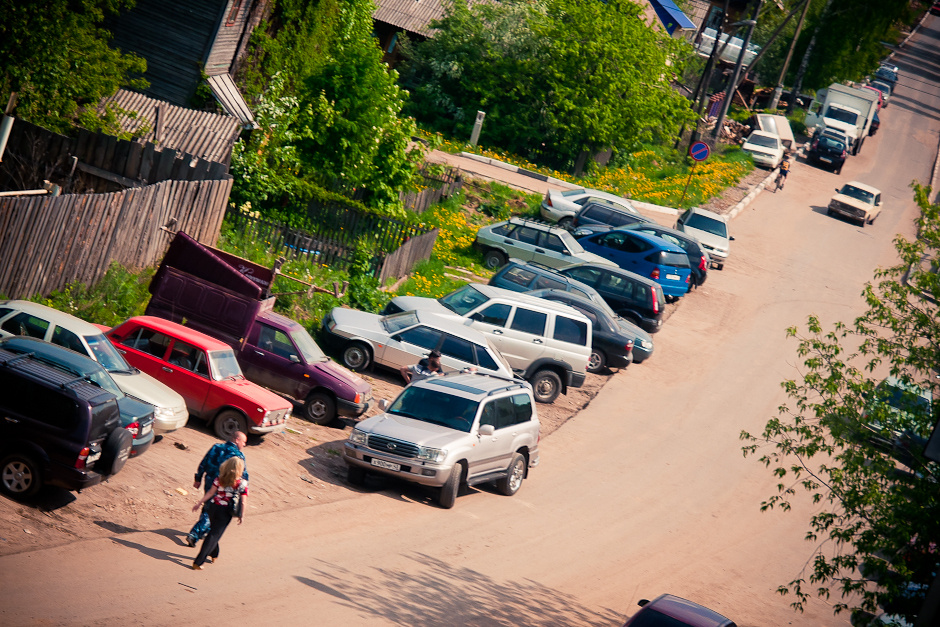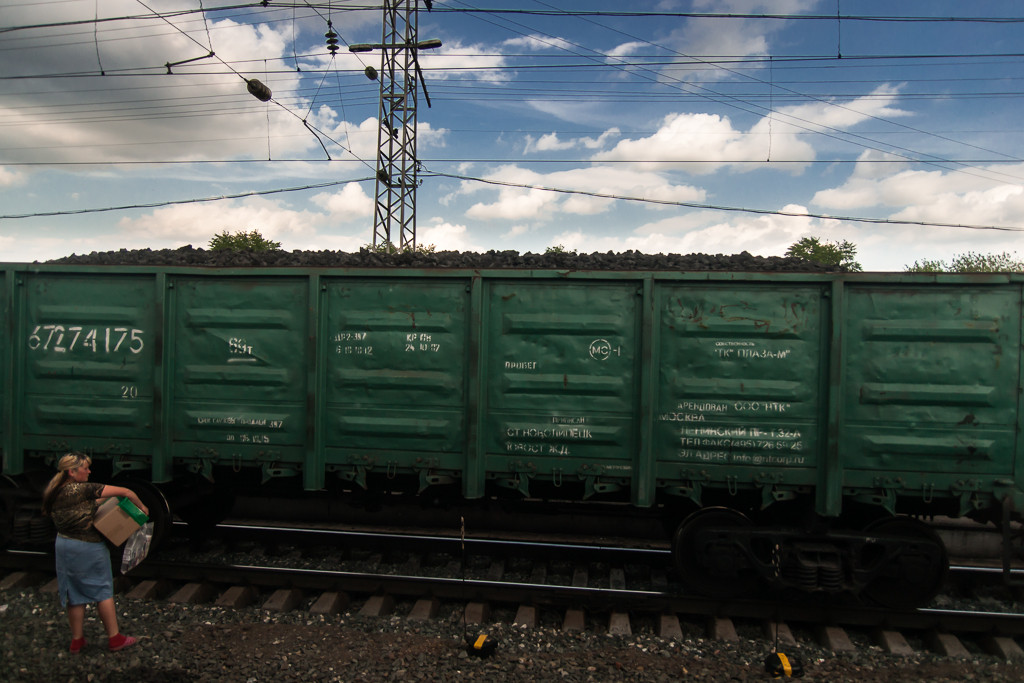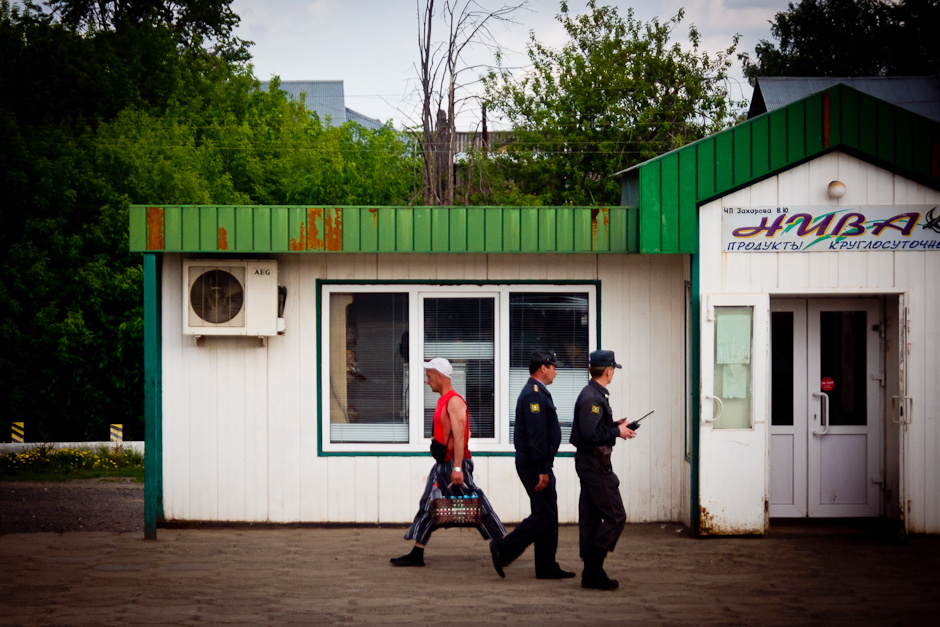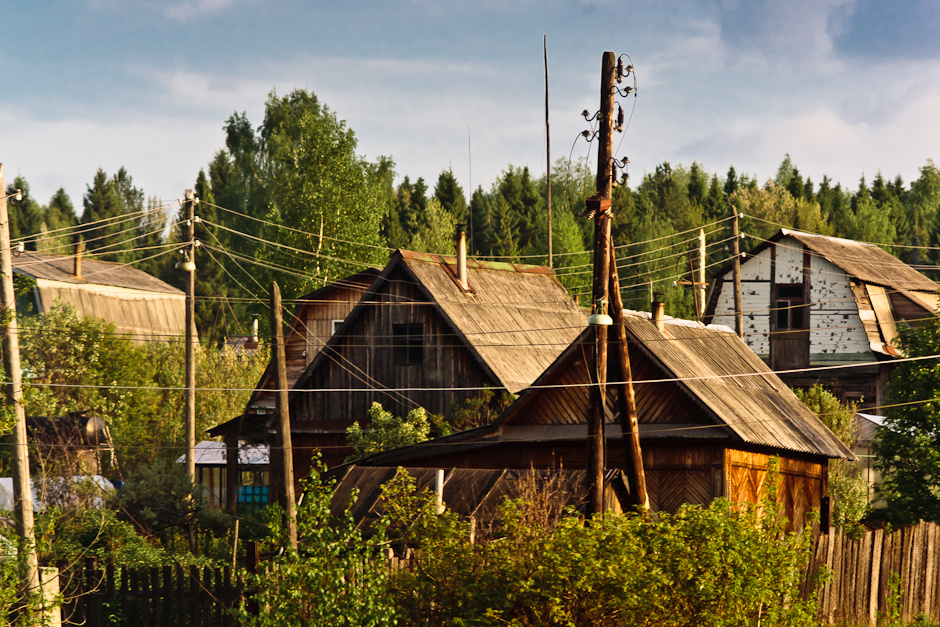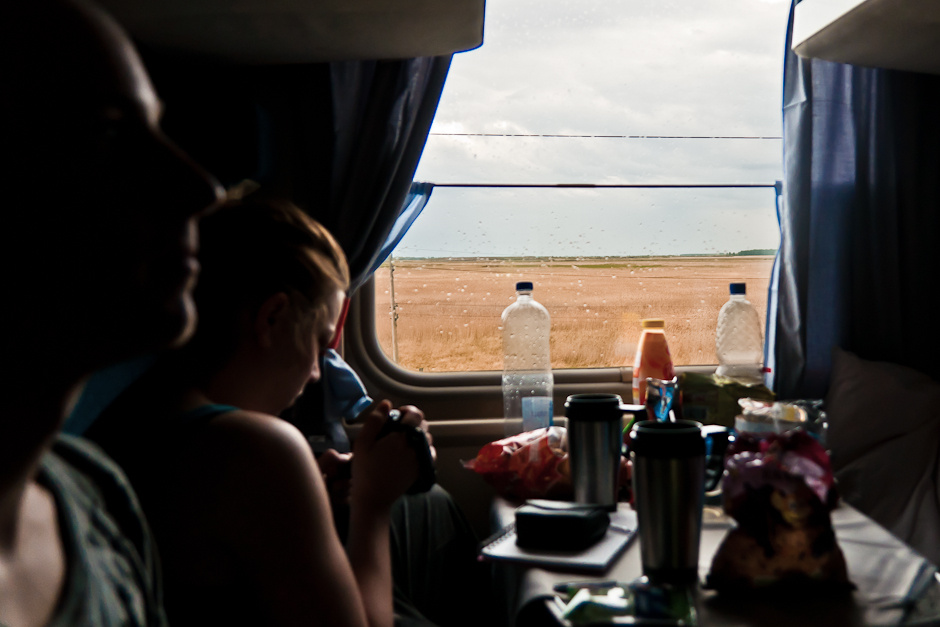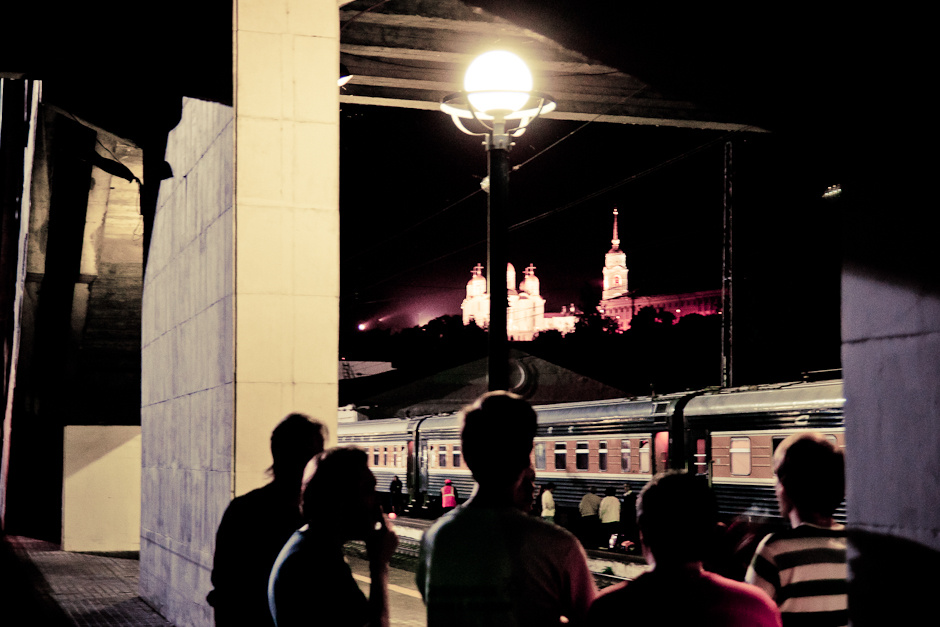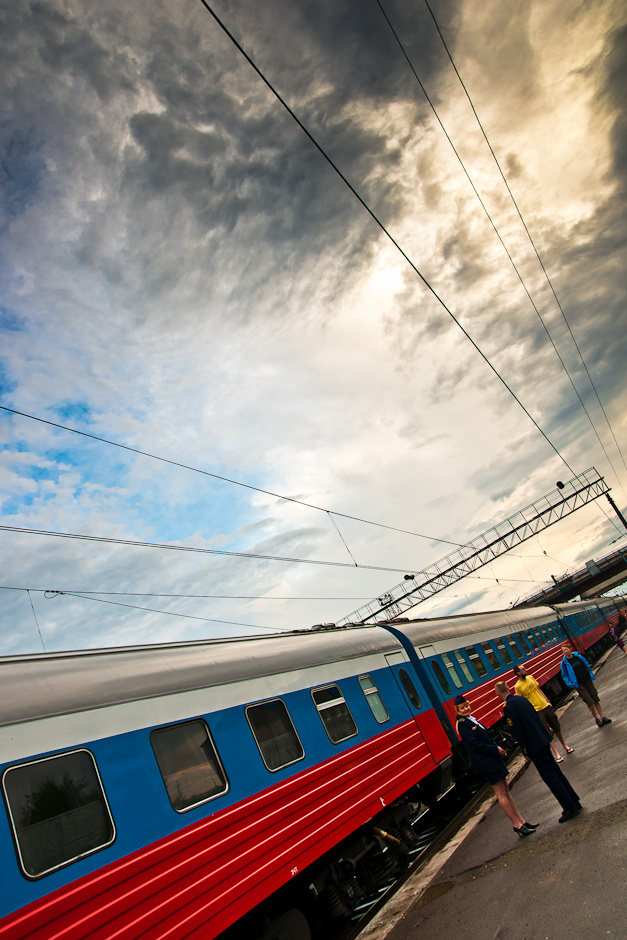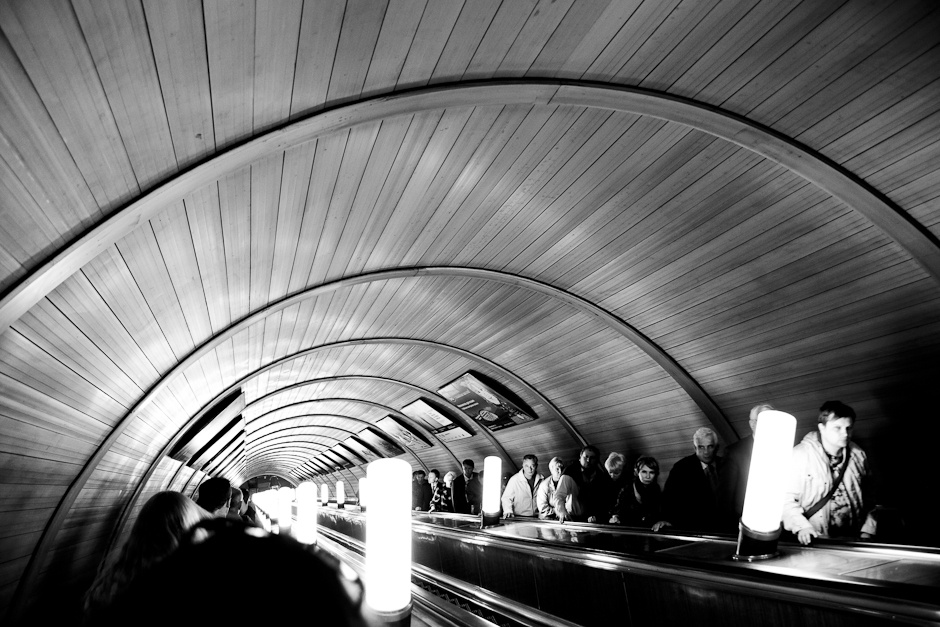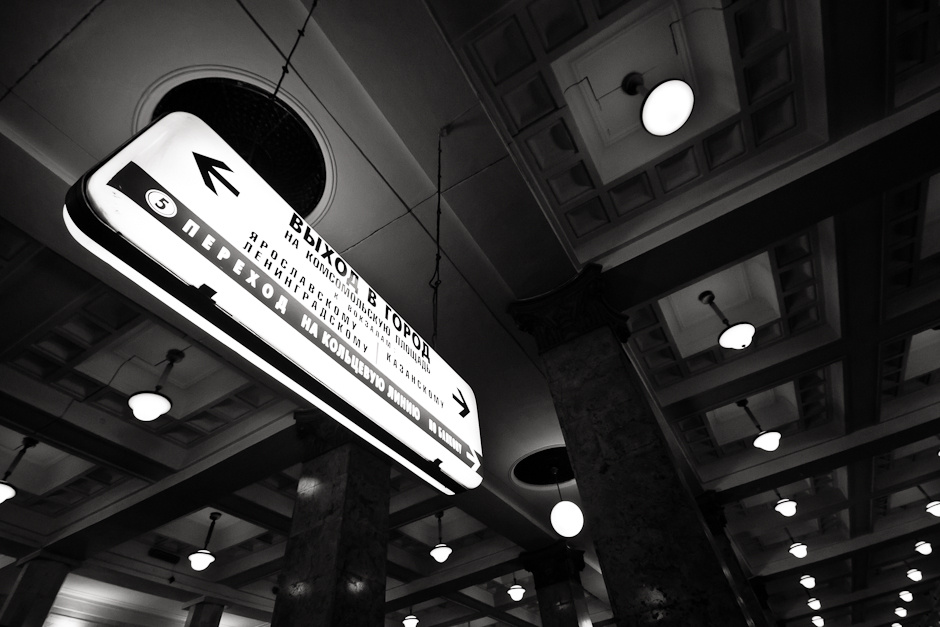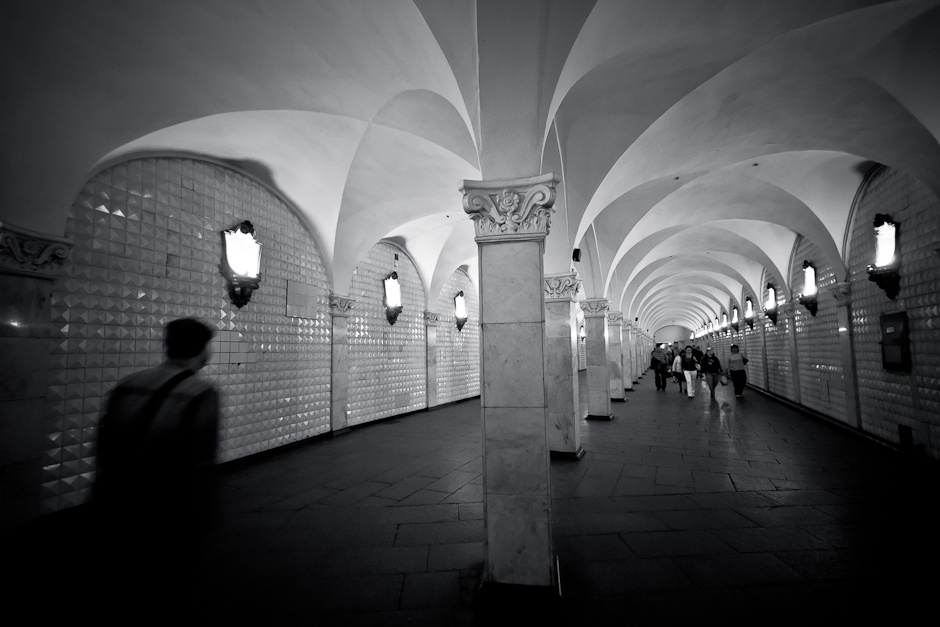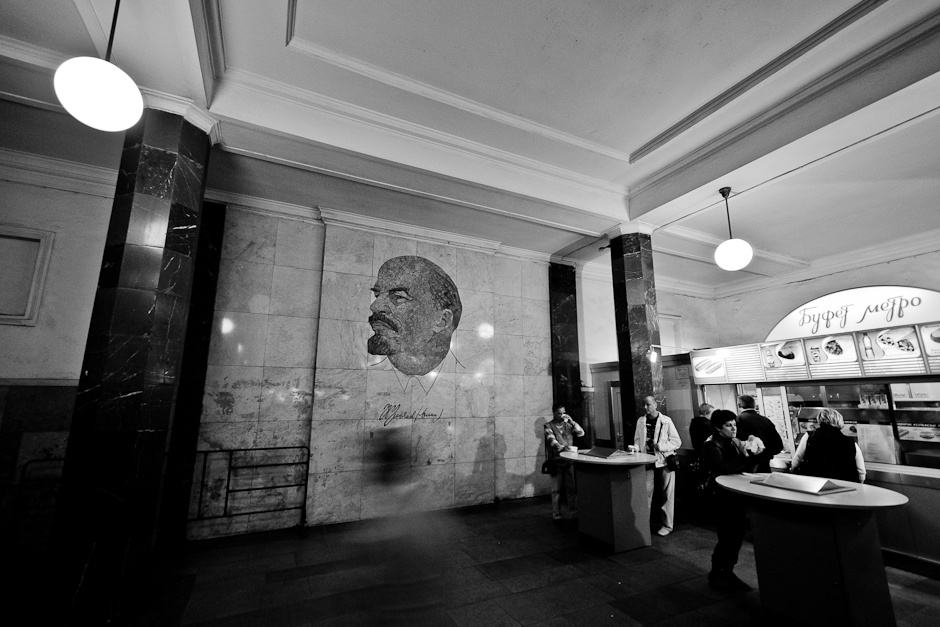The pictures that follow are from St. Trinite music camp in Cange, Haiti, about two hours outside of Port-au-Prince. The camp is held for three weeks every summer, but since the 2010 earthquake destroyed the original camp facilities in Leogane, the camp has been held on the campus of Zanmi Lasante, a medical facility in Cange. There’s not enough indoor space to accommodate the different groups (chorus, band, orchestra) so rehearsals are often held outside. These photos attempt to capture life at the camp. These pictures do not show the destruction of the 2010 quake, or the general conditions of life in Port-au-Prince and other affected areas, nor the effects of the cholera epidemic spreading in Haiti, and thus shouldn’t be taken as a complete view of life on the island. But perhaps the pictures can show that not every aspect of life in Haiti is uncompromisingly bleak.
My college friend Scott Harrison has been volunteering at a childrens’ music camp in Haiti for several years. We’d talked about me going down to document some of what they were doing, but I hadn’t heard much from him about it for a while. One day this July he texted me that he’d talked to the camp organizers and they were OK with me coming down. I asked when the camp was, figuring I had a month or two lead time. Turns out Scott was heading down on that Friday. I’m glad I tagged along.

A Haitian music teacher focuses her attention on the horns during band practice while other students look on.

With space at a premium, rehearsals take place in children’s playgrounds, which also serve as drying areas for laundry.
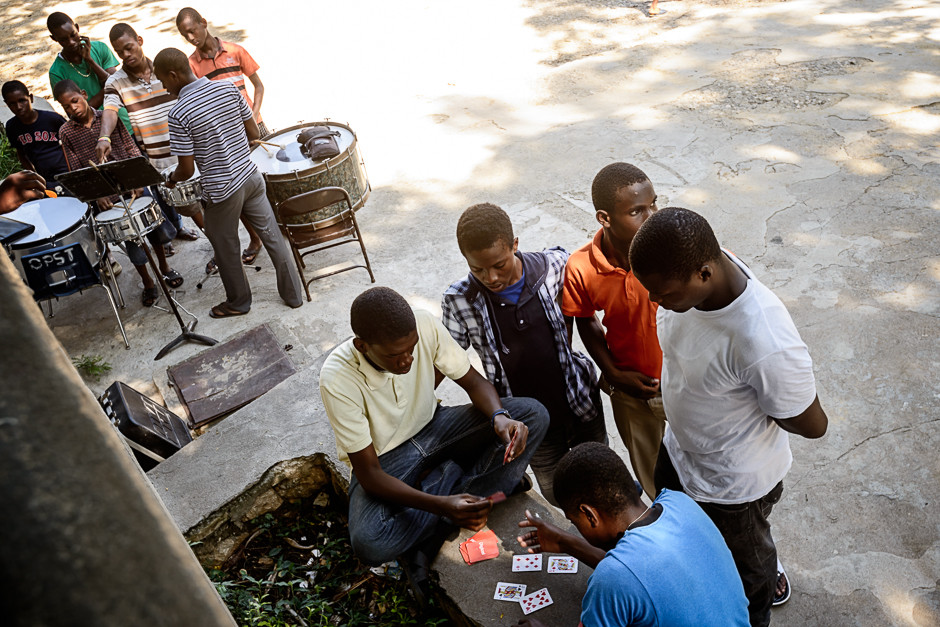
Local youths play a card game at the entrance to Zanmi Lasante compound while the percussion campers have an outdoor rehearsal.
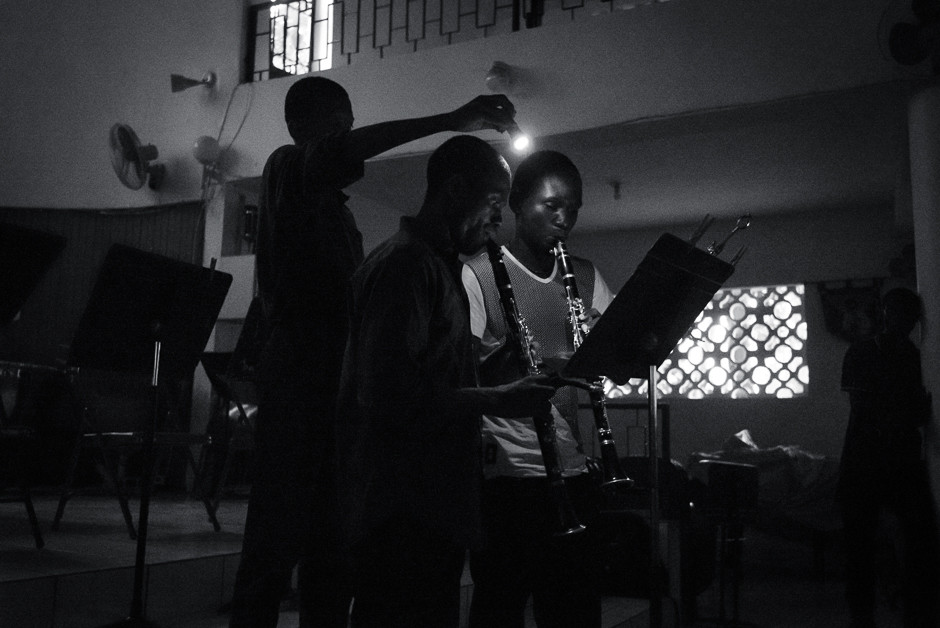
Cange experiences frequent storms that are likely to knock out power to the whole camp, sometimes for minutes, sometimes for hours. When the power goes out in the middle of recital, hand-held flashlights allow the show to go on.
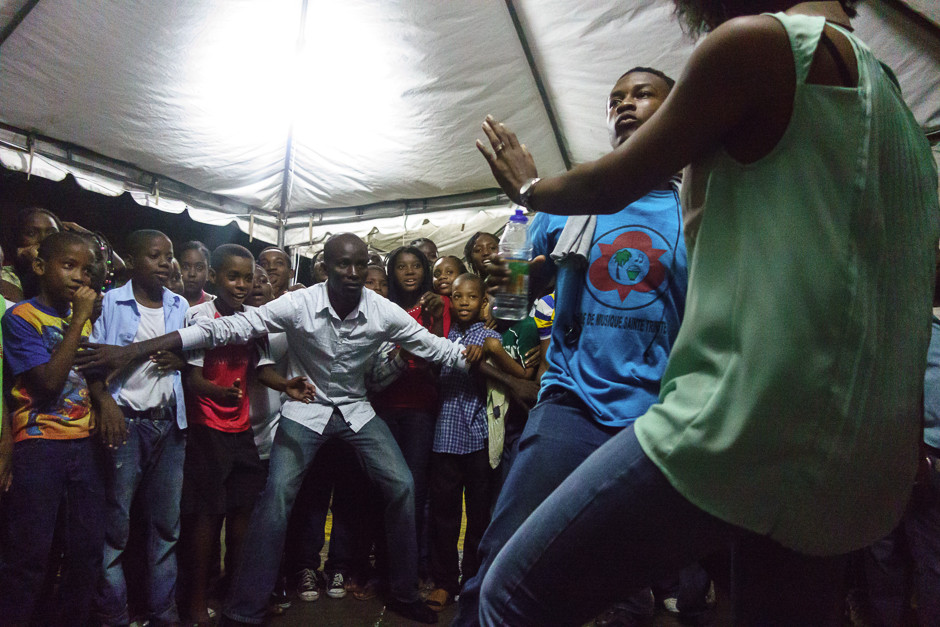
A camp staffer holds back the crowd while a couple dances in front of them at the weekly dance at the camp.
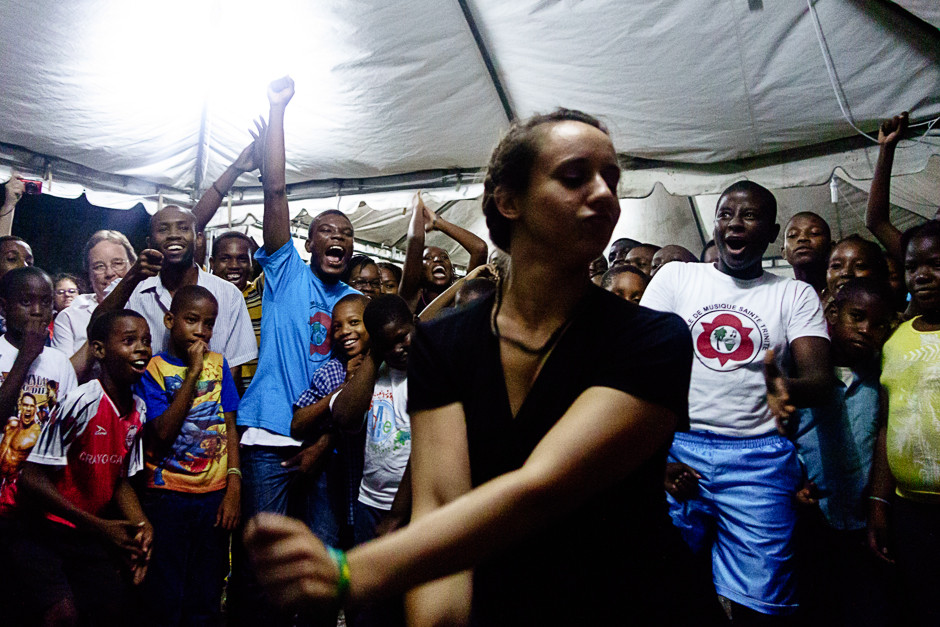
Campers cheer on as volunteer teacher Kelsey Klopfenstein takes her turn in the center of the dance circle at the weekly camp dance.
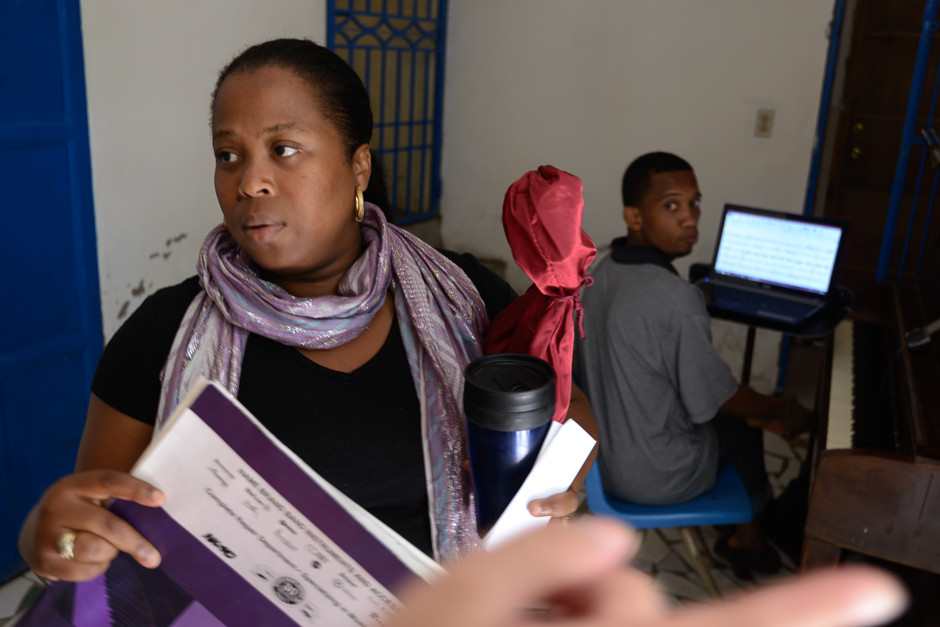
Space is at a premium in the camp, and there are only two pianos. Choral practices, which need the piano accompaniment, are held in cramped rooms as a result. In between rehearsals, camp staffers have a chance to use the pianos for preparation.
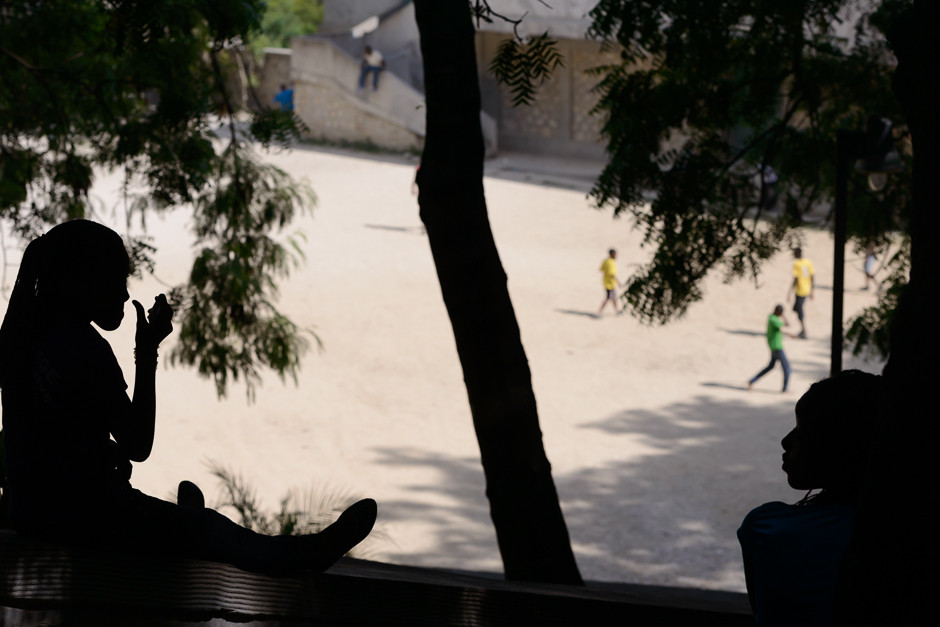
Girls relax on the steps up to the Zanmi Lasante church while kids play soccer in the dirt yard at the center of the complex.

Children juggle a soccer ball while students from the music camp look on, during a break from rehearsals.
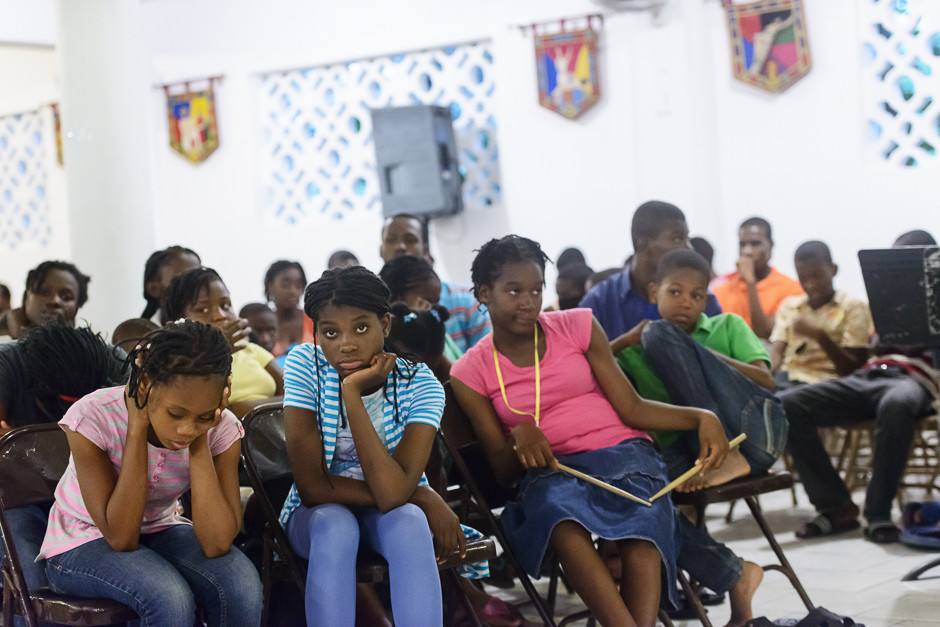
The weekly concerts and recitals can go on for upwards of three hours, and the children in attendance have trouble hiding their boredom at points.
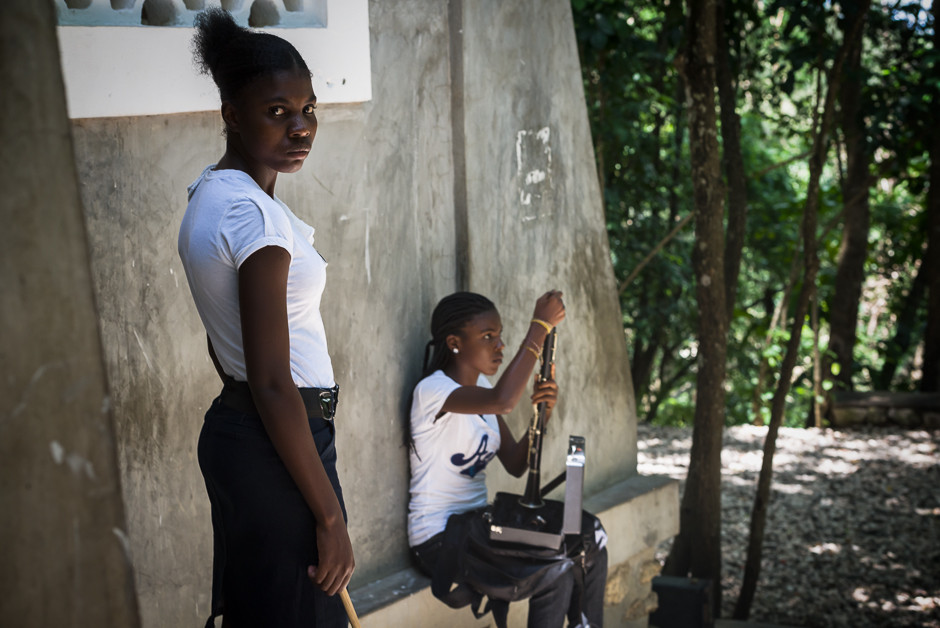
Two music students prepare for their recitals inside the church at the Zanmi Lasante campus in Cange, Haiti.

Children observe performances of students from the St. Trinite music camp from the balcony of the church on the campus of Zanmi Lasante, Cange Haiti.
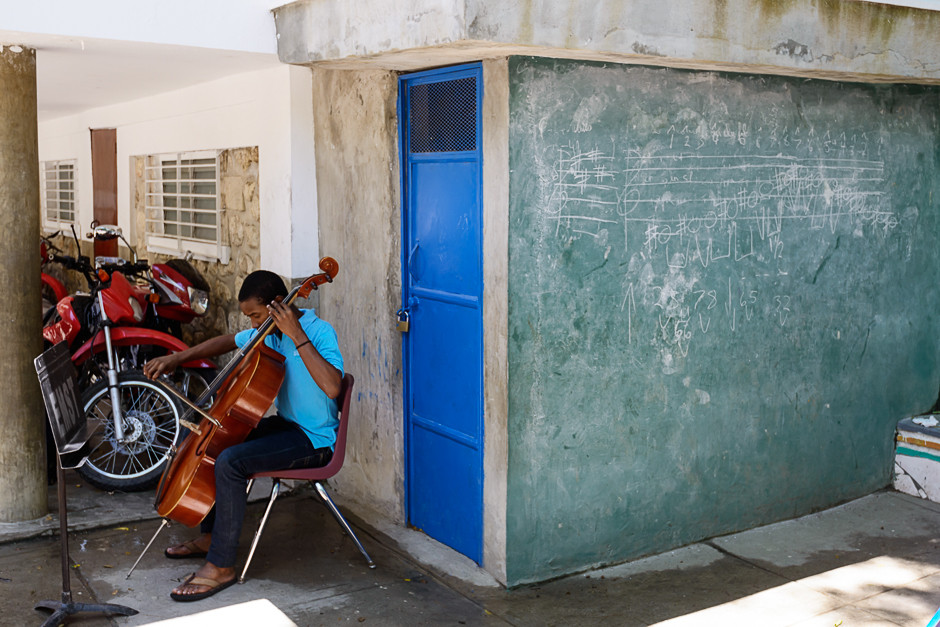
Without classrooms, teachers are forced to improvise. Notes from a music theory class are visible on the side of a wall which doubles as a chalkboard, as a student practices cello.
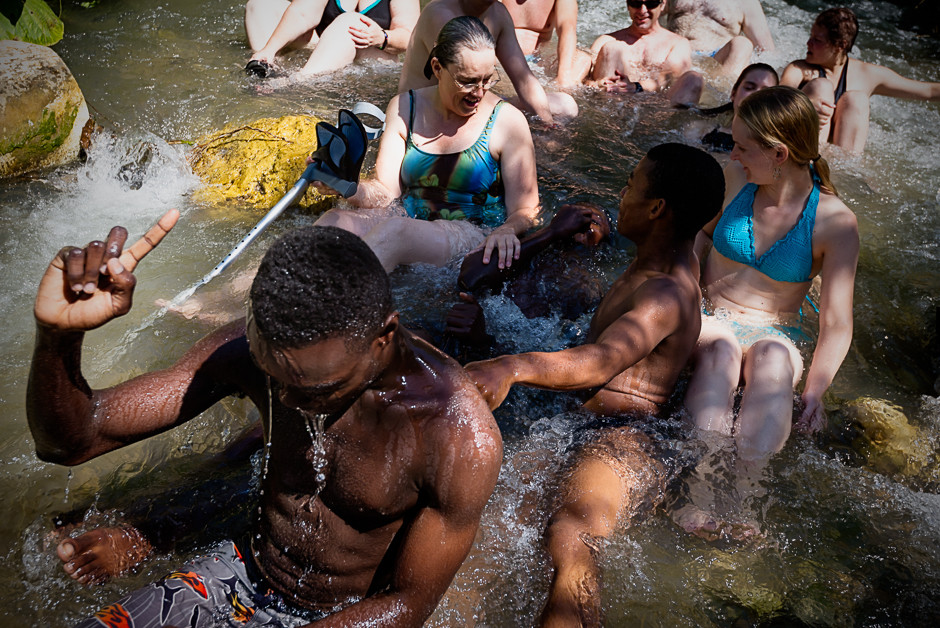
Camp students compete to see who can hold their breath underwater the longest in a nearby swimming hole.

A view through the valley into the surrounding countryside from the campus of Zanmi Lasante in Cange, Haiti.
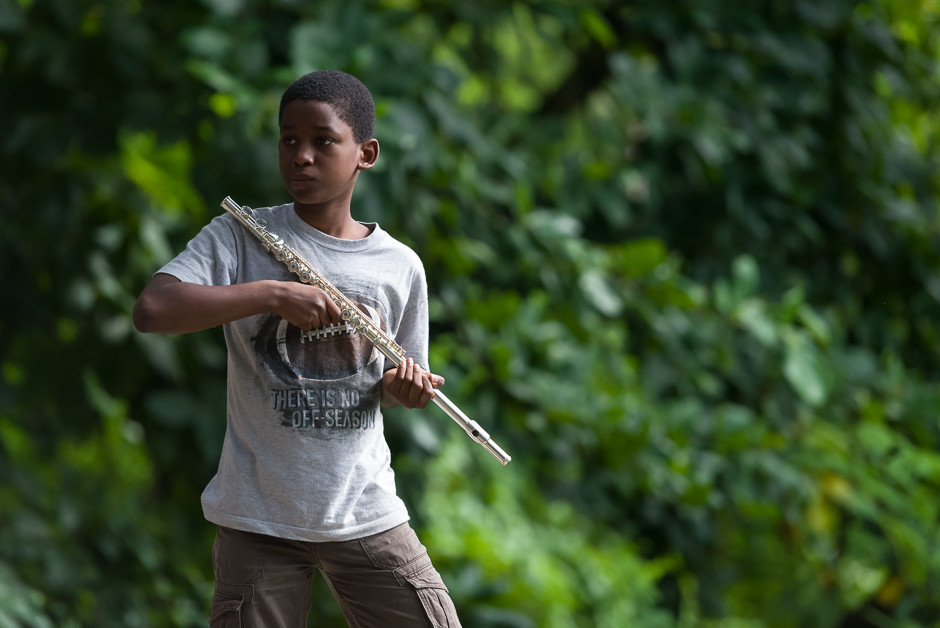
…but unlike most American kids, this student holds his imaginary rifle very much in the same way that the UN peacekeepers that continue to patrol the country do.
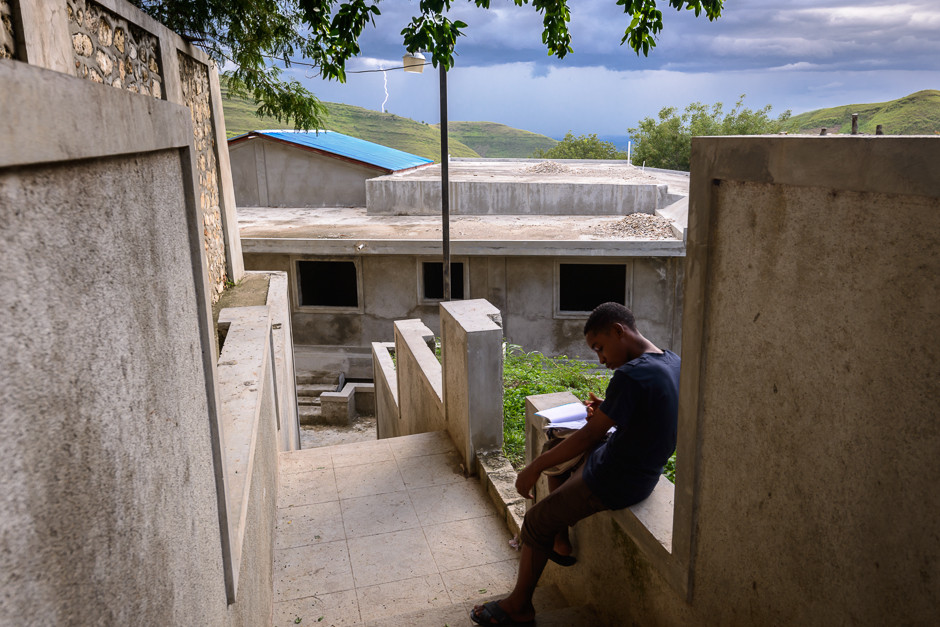
Lightning strikes in the distance as a camper studies music theory. Afternoon storms frequently roll through the area, disrupting rehearsals.
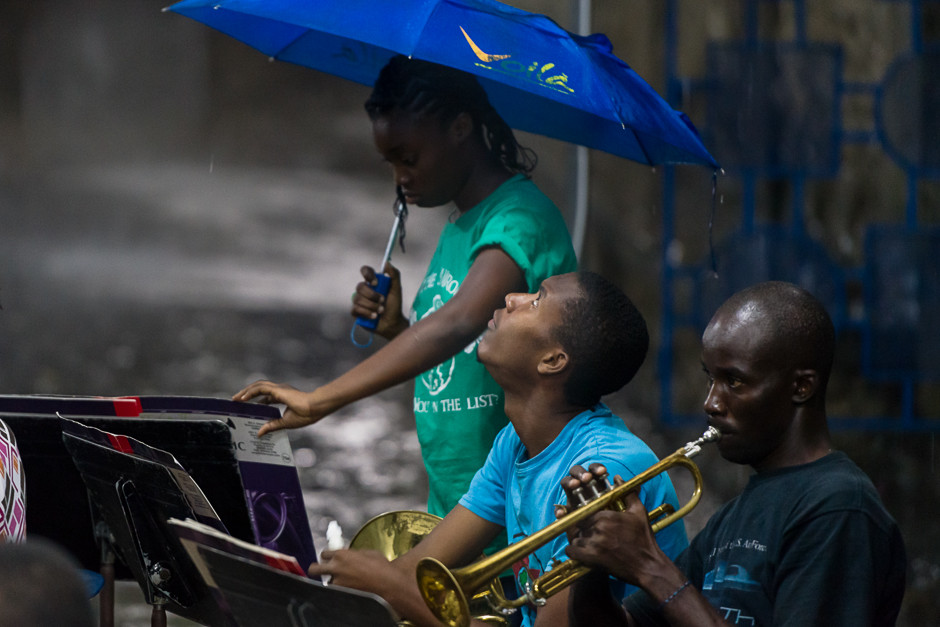
Storms having washed away the previous night’s rehearsal, the band is forced to rehearse under a tarp during another storm or fall hopelessly behind schedule for the weekend concert.
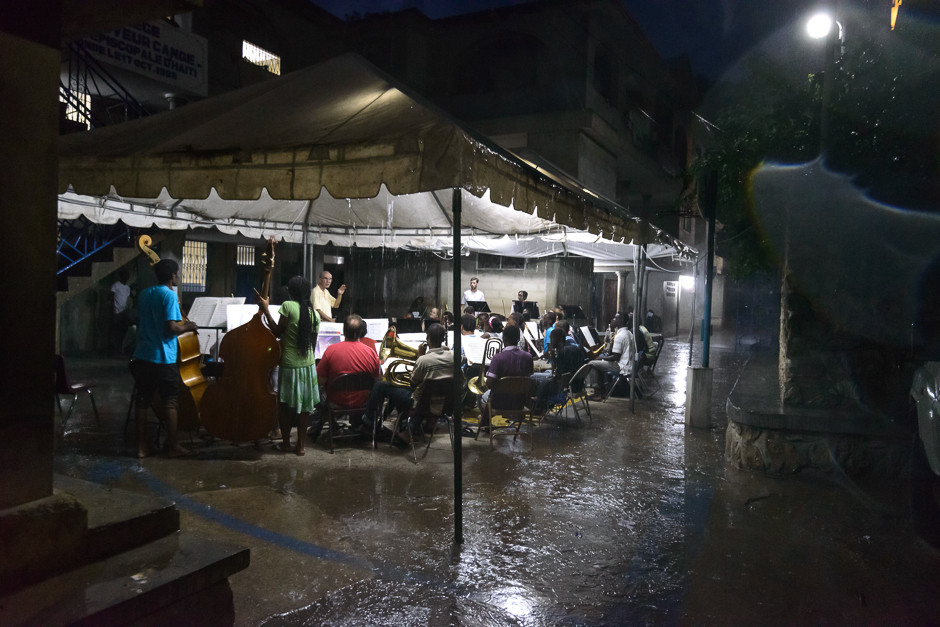
Storms having washed away the previous night’s rehearsal, the band is forced to rehearse under a tarp during another storm or fall hopelessly behind schedule for the weekend concert.
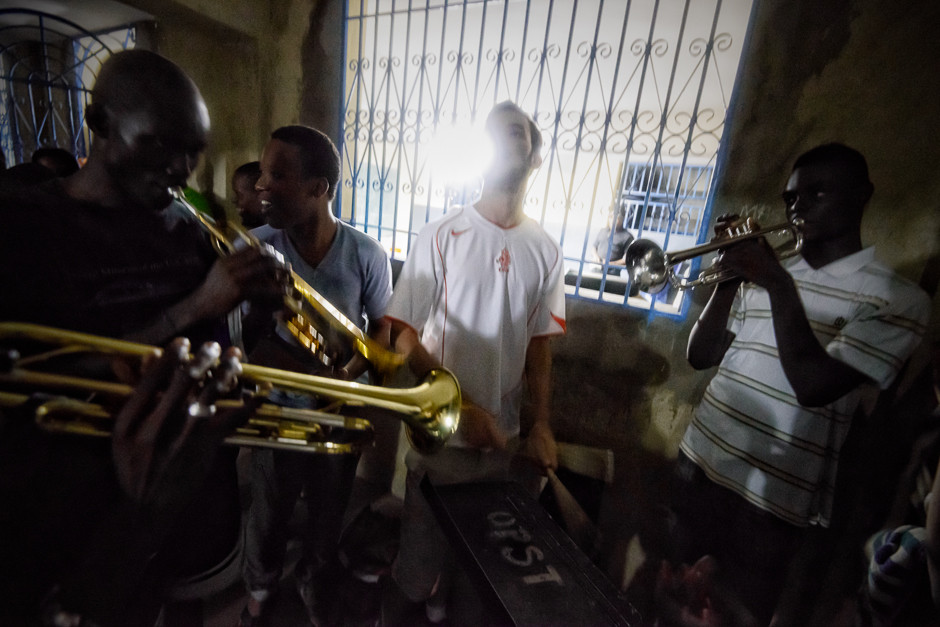
With rehearsal over but band members pinned down by torrential rains, an impromptu jazz session breaks out among the brass students, with volunteer percussion teacher Greg Riss keeping time on a music stand.
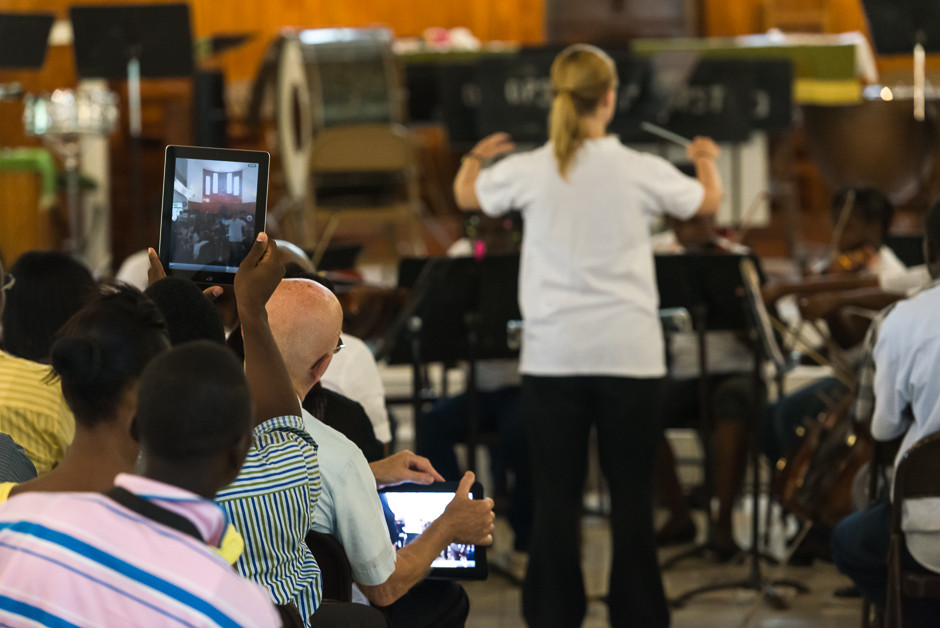
The camp orchestra plays during the weekly concert, as onlookers capture the action with modern technology.
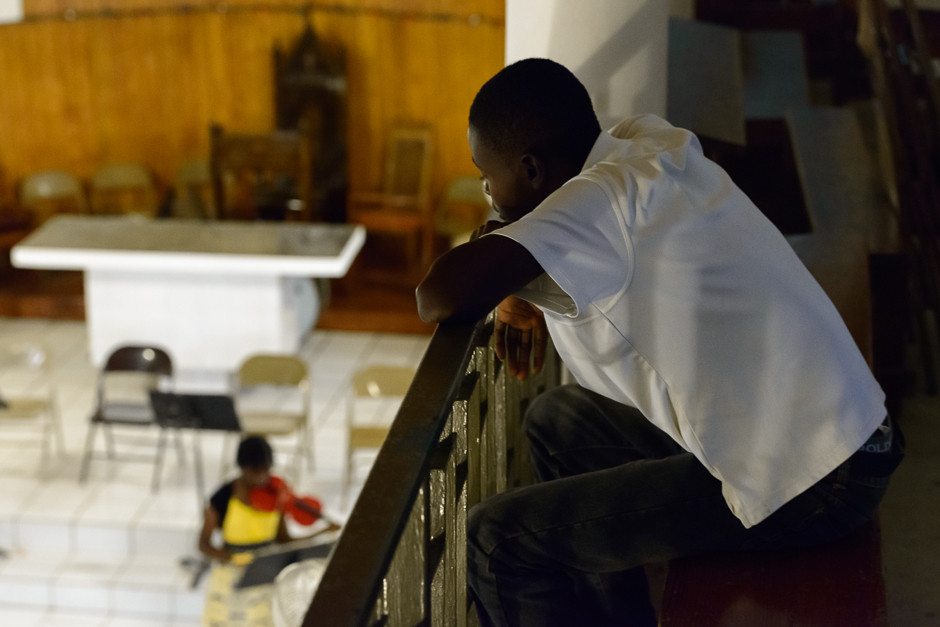
A camp teacher watches a student perform her recital from the balcony of the church on the Zanmi Lasante campus.
dancing in the rain
